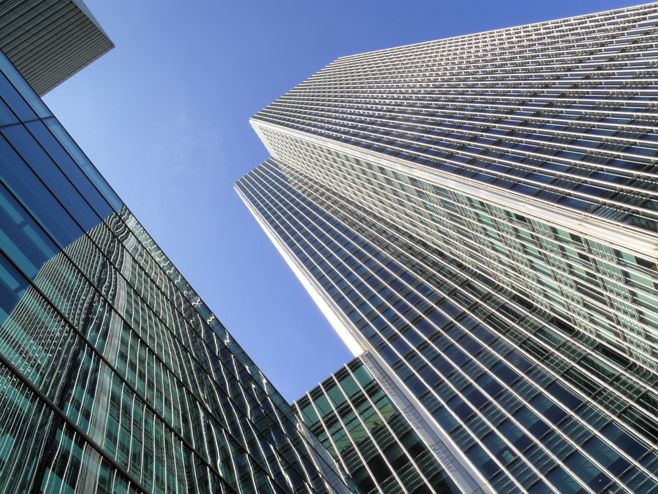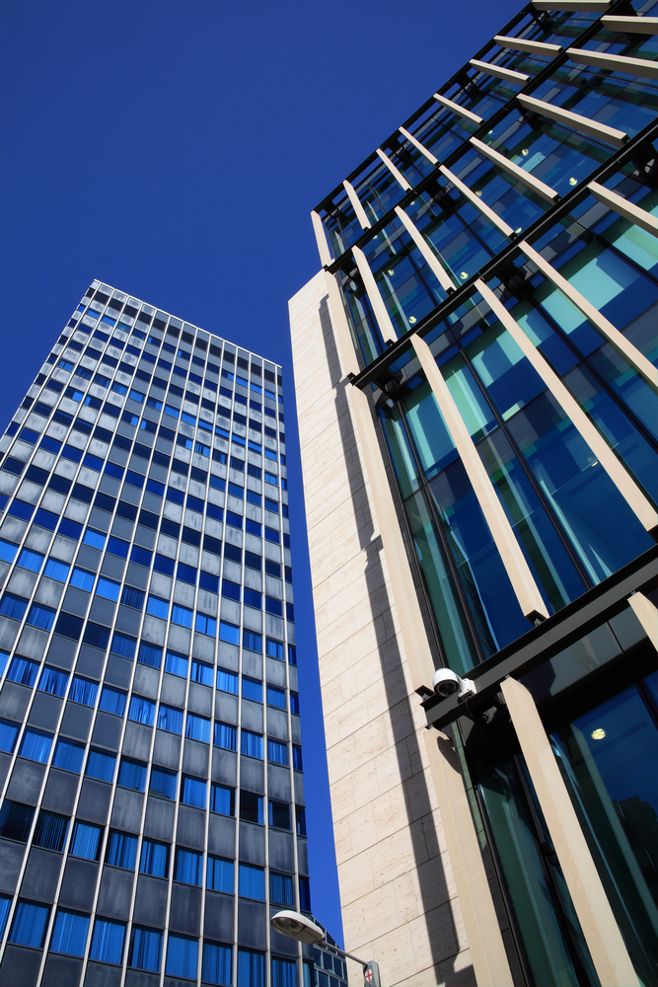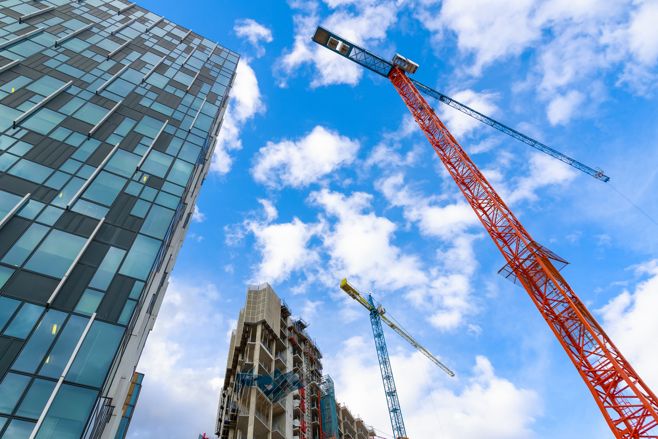Is 2018 The Best Time To Buy Commercial Property?
Jan 15 2018
Darren Best

Owing to the fact that commercial property is the physical platform for almost all of the UK’s major industries and enterprises, as well as providing places in which people work, shop and enjoy leisure activities, commercial property experts here at Savoy Stewart analysed the commercial property market in 2017, and sought to find out whether 2018 is going to be the ‘peak time’ to purchase.
Savoy Stewart studied the latest Property Data Report and found that, since 2000, the value of the UK’s commercial property stock has significantly grown at an average rate of 3% each year – surprisingly, more than RPI inflation, which grows at an average of 2.8%. Whilst exploring the report, Savoy Stewart found that the commercial property market in the UK was valued at a staggering £883 billion, and representing 13% of buildings within England, Scotland, Wales and Northern Ireland. Interestingly, investors now own a shocking £486 billion worth of commercial property in the UK. In Central London alone, £2.352 billion was invested in commercial property, resulting in the total turnover for the end of July reaching a substantial £11.5 billion – a 24% increase on the same point a year earlier, in 2016. In the City of London, July was the strongest month recorded since March 2007, predominantly due to the sale of the “Walkie Talkie” building, which was the UK’s largest ever single office building deal, accounting for a staggering 61% of turnover in July.
 Photo credit: Tony Baggett/Shutterstock
Photo credit: Tony Baggett/Shutterstock
Why is now the best time to purchase commercial property?
Last year was considerably stronger than many anticipated. The economy pleasantly surprised many businesses and forecasters, with unemployment falling to the lowest level since 1975, consumer spending robust, and occupier take-up healthy.
According to Knight Frank, London office take-up is on the increase, despite the impacts of Brexit, with demand in the West End at its highest for more than a decade. Savoy Stewart concluded, from their analysis of the research, that the third quarter of 2017 recorded the highest level of office take-up in 2017. A substantial 3.8 million square feet of office space in central London was under offer and was due to complete by the end of the year. As a result, 2017 was set to have its strongest final quarter since 2014. According to Patrick Scanlon, head of Central London research at Knight Frank, although the full implications of Brexit may still not have been felt yet, to date the number of occupier requirements have not fallen away, as many had predicted.
Walter Boettcher, Chief Economist at Colliers International, said that this year, “the UK government will have no choice but to shed some light on the Brexit strategy, which will bring a welcome boost of confidence to the occupier and investment markets.”
 Photo credit: Tony Baggett/Shutterstock
Photo credit: Tony Baggett/Shutterstock
Trends for 2018
The uncertainty over the UK’s relationship with the EU will continue to cast a shadow over economic growth throughout 2018, resulting in a more cautious outlook amongst investors across all commercial property sectors. The market may encounter potentially large issues this year, such as political uncertainty, rising rates or consumer debt, which may have a profound effect on activity, investment demand and property returns. Not forgetting the elephant in the room: Brexit. However, although activity may be subdued, it doesn’t mean investment will stop any time soon, as according to JLL, investment volumes in the UK commercial property market, this year, are expected to total around £55 billion.
Savoy Stewart looked into Savills ‘Sector Outlook’ and found the following six trends for 2018:
1. Non-domestic demand for UK commercial property to remain strong
With the pound staying weak and UK commercial property yields now looking high in comparison to prime European and Asian markets, the non-domestic investor demand for UK commercial is set to remain strong in 2018.
2. Now is the best time to add value, and for opportunistic investors
With risk-averse domestic and global investors dominating the market in 2018, there will be less competition and falling prices in secondary and tertiary markets. This means now is the premium opportunity to value-add and for opportunistic investors looking to change short-term income into long-term.
3. 2018 will be the year of alternatives
The unifying theme among the plethora of alternative asset classes is their long-term secure income streams and popularity among risk-averse investors. So, 2018 will be the year that alternative becomes mainstream.
4. Real earnings growth will improve for the retail market
In 2017, a perfect storm of negativity hit retail. For 2018, we will see better news about real earnings growth, and a less homogenous attitude to retail with investors. Some segments will be a good buy due to their defensive characteristics, while others just look cheap.
5. The Brexit risks will be much clearer
With London’s office market shrugging off the worst of the pre-Brexit negativity, 2018 will see more balance in the assessment of how much, where and when occupational risks will rise.
6. New-tech tools, such as AI, will emerge
While wellness and staff satisfaction will continue to increase in importance for many employers when choosing buildings and locations, some businesses will start to look at offsetting the costs of delivering wellness by using the margin-enhancing tools of artificial intelligence (AI).
 Photo credit: I Wei Huang/Shutterstock
Photo credit: I Wei Huang/Shutterstock
Managing Director of Savoy Stewart, Darren Best, discusses his view on commercial property investment in 2018:
“As the figures show, despite the uncertainty around Brexit, London is still a pre-eminent city. The research suggests that now is the best time to purchase commercial property in the UK, now that business confidence is more stable than many expected, which speaks volumes.” He added: “The performance of the market, last year, surprised many of us. Occupiers are continuing to commit to London commercial property to satisfy their needs, and with the increase in foreign investment in UK commercial property over the last decade and overseas investors now owning 29% of UK commercial properties, it is safe to say 2018 isn’t going to be all doom and gloom – there will be scope for optimism too.”
Feature image credit: Tony Baggett/Shutterstock